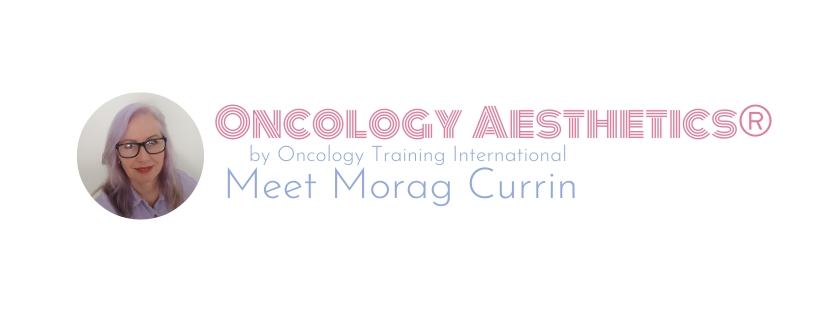Melanoma Cancer Drugs Causing Rash Resembling Vitiligo
by Morag Currin
Cancer Drugs Causing Rash Resembling Vitiligo
In discussions with many people diagnosed with melanoma, they have been undergoing treatment with immunotherapy drugs Yervoy/Opdivo and Keytruda. One of their biggest complaints is the side effect which is a ‘rash’ that is creating a vitiligo effect.
What fascinates me is that many of these survivors are being told by their health care professionals that this side effect is proving the drug is working. While the drugs may be successful in mounting an immune response against cancer in the skin (and other cancers); however, it is creating a side effect on the skin that leaves the person more susceptible to future melanoma’s and other skin cancers as the melanin for protection is no longer present.
It would be considerate if health care professionals give options to their clients on how to take care of their skin. To ensure that sun protection is used daily and if the person is exposed to daily UV radiation to ensure they are protected by clothing, shade and/or regular applications of sun protection product.
Read More Oncology Aesthetics®
- Share your expertise on corrective makeup with them especially if this rash is just starting and it is noticeable in smaller areas. If the client is already experiencing larger areas of depigmentation then the makeup application may need to be a custom blended airbrush technique or brush/sponge application. Airbrushing is a quicker application, however, camouflage which can take longer will last longer.
- Ensure that that the client gets a custom-blended foundation that can be applied to the survivor’s skin so here is an opportunity to get into custom blending!
- Promote sun protection product to cover the areas of skin that are exposed to UV radiation and educate the client about the risk of future skin cancers. We already know that people diagnosed with melanoma can have a re-occurrence of melanoma in their lifetime.
- Brow tinting for brow hairs that have lost their color or the use of corrective powders on the brows.
- Lash tinting, lash extensions or strips for those lashes that are barely visible due to loss of pigment.
Watch Webisode of L+A Now “Preview of Oncology Aesthetics®”

Watch The Episode On The L+A App!
Download on the App Store or Google Play
Besides the vitiligo-type rash, there are other pigment issues arising from these mentioned drugs such as loss of pigment around areas where a wound has occurred and actinic keratosis, squamous cell carcinoma’s and moles appear to be losing pigment. Some people are finding that their moles are incurring a white halo around them and lastly a ‘cloud appearance’ is reported to be happening in nails.
In addition to offering regular spa services estheticians can add mole measuring and counting as an add-on service. The esthetician is not diagnosing but simply counting and measuring the number of moles on a client’s body and then giving them a copy of the count to present to their physician for action. Melanoma risks have in the past focused more on mature clients, but research is showing melanoma is the most common type of cancer in the 25 to 29 age group and second only to breast cancer in women ages 20 to 39.

About Morag
As a leader in our industry, Morag has spent over 27 years in the aesthetic/skin care industry, researching and constantly updating her knowledge on cancer and other diseases and how treatment affects the services we offer; plus she still offers services such as reflexology, aromatherapy and electrodessication. Morag pioneered Oncology Esthetics® training back in 2007. It was her concept that has driven change to our industry that others have followed. She consults globally with industry leaders by educating them how to include the cancer community. Besides making time for written articles and webinars she offers equine facilitated learning and activity sessions for the cancer community and veterans since there is a prevalence of significant psychological distress within these communities.
